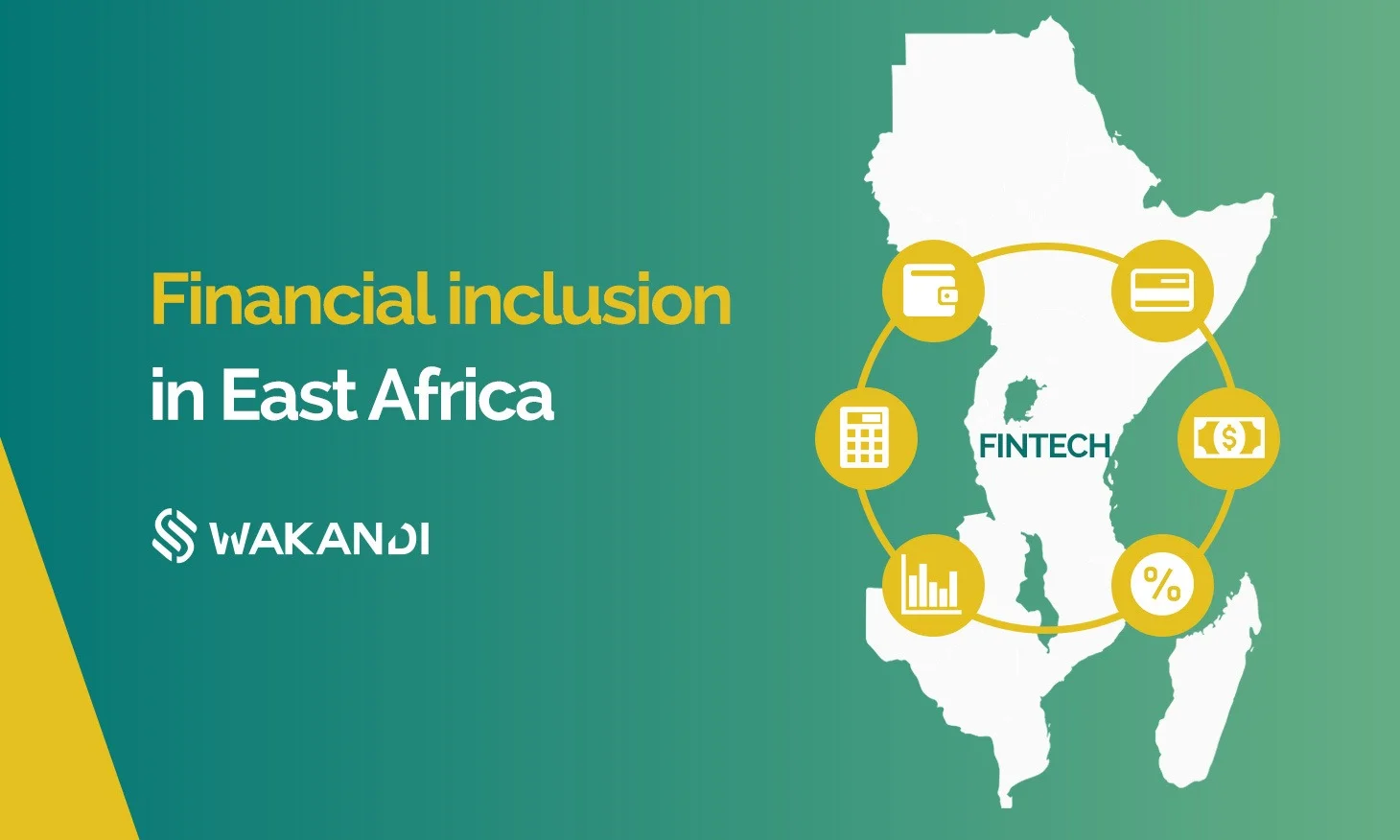Capitalizing on Fintech – Financial inclusion in East Africa

East Africa has always hailed as the torchbearer to the fintech industry. The region has offered immense opportunities for fintechs to grow and solve issues related to savings, loans, payments, financial management.
Fintechs took advantage of the visible gaps in the financial services landscape and offered services targeted to their customers. These challenges allowed fintechs to enter the market with a strong value proposition. This made financial services conveniently accessible and affordable to millions of people.
East Africa has witnessed rapid development in the finance sector over the last decade. While Kenya is regarded as one of the fastest-growing markets in the region, Tanzania is also showing rapid growth in fintech development. The growth of fintech in the East Africa region is driven by a unique blend of technology innovations and mobile adoption.
Mobile tech as the catalyst
Mobile technology has remained the key catalysts to boost financial inclusion. During the last decade, the adoption of formal financial services has risen significantly in East African countries. According to the Financial Inclusion Insights (FII) data presented by InterMedia, adults in Kenya (73%), Tanzania (56%) and Uganda (46%) are financially included, and nearly all of them have registered mobile money accounts.
Because of the technology that banks, fintech companies, budding startups, governments, and other organizations are using, mobile money users have also increased rapidly. The data available online shows that there are 16.5 million mobile money subscribers in Tanzania transacting over $27 billion in value. The number is even higher in Uganda, where the total number of mobile money subscribers are 25.5 million with a transaction value of a whopping $18 trillion.
A mobile money wallet not only provides the facility to send money online but also access to a growing ecosystem of services, including savings, loans, insurances and investments. The same report by InterMedia also shows that 57% of mobile money subscribers in Kenya were using their accounts for activities beyond peer-to-peer transfer and cash-in-cash-out.
Mobile network operators (MNOs) in Tanzania, including Vodafone and Airtel, launched SMS services to improve medical and education services, especially in rural areas. Some of the popular programs launched by MNOs are Vodafone Moyo, Tigo e-Schools and Airtel Millenium Village Project.
Innovation sparked the disruption
Innovation and the changing user behaviour lead to the growth of fintech, which in turn accelerated financial inclusion. Three pivotal factors that drove the change in the market are –
- Use of alternative data – With the help of Big Data and AI, businesses started using alternative data to analyze borrowers’ creditworthiness. Lenders can now leverage technology-based tools to generate a credit score for people who lack a credit history.
- Peer-to-peer transactions – The adoption of mobile money paved the way for peer-to-peer or p2p transactions. Although it is not a new concept, the advent of mobile technologies led to a steep rise in the adoption of p2p payments.
- Emergence of NBFCs – The emergence of non-banking financial companies such as PayPal, Google, Samsung etc., in East Africa helped unbanked people avail financial services through e-wallets and other online facilities.
Future-thinking financial policies
Apart from technology and innovation, financial authorities and governments also played their part. Central Banks in East Africa launched various future-thinking monetary policies to enable the reach of digital financial services. They also adopted sandbox approaches where startups can test their solutions, assess the risks and then apply regulations. It enabled fintech startups to enter the market with a solid offering.

Comments